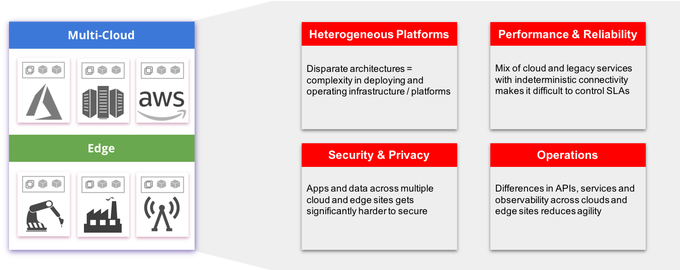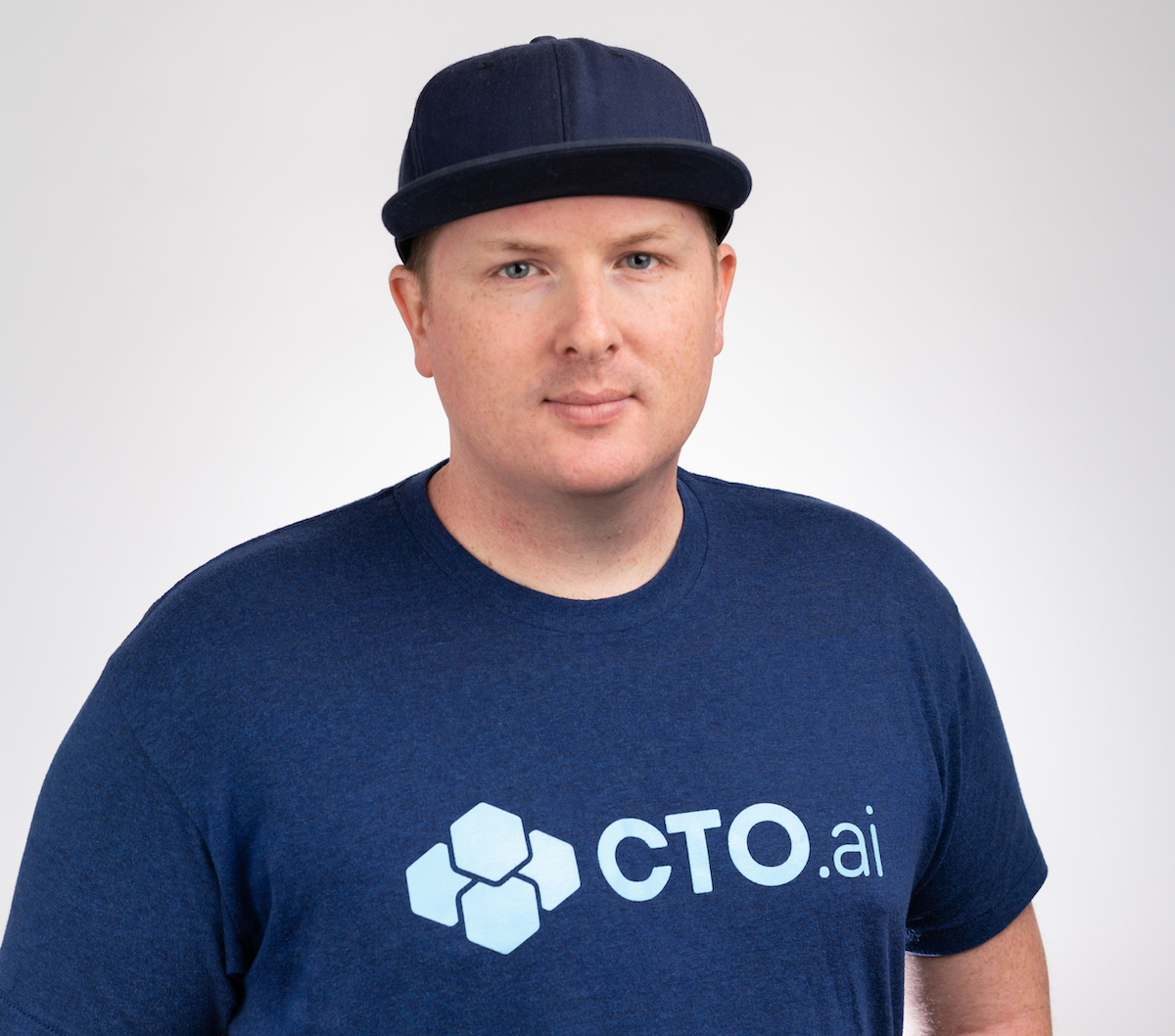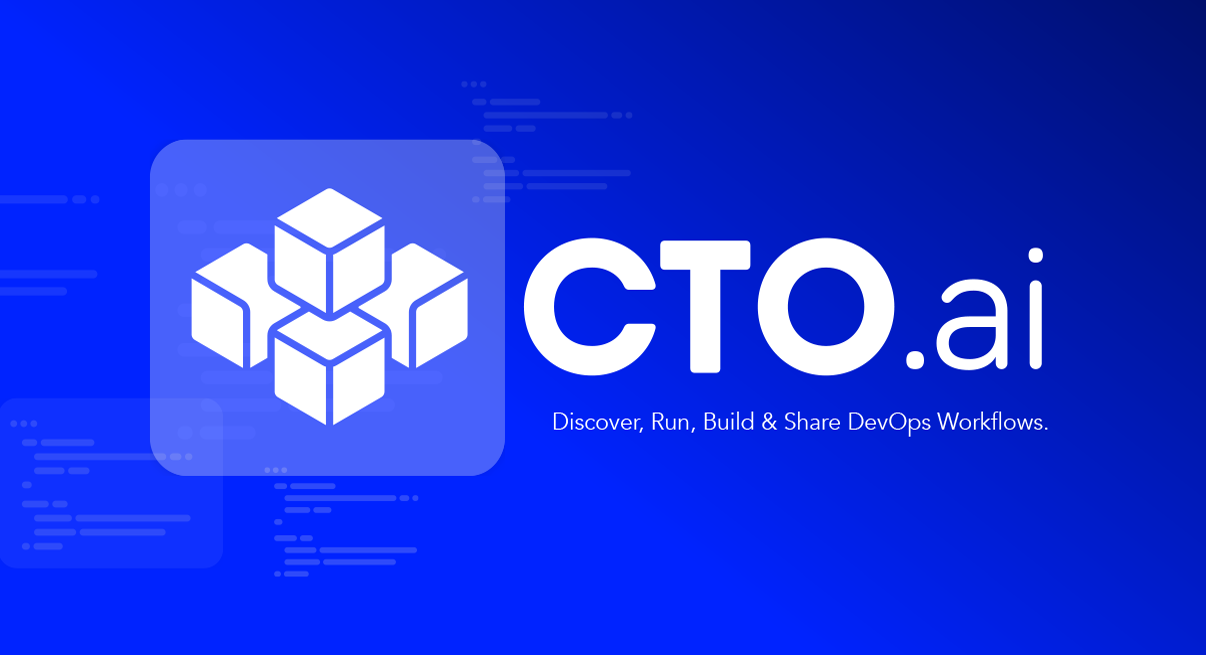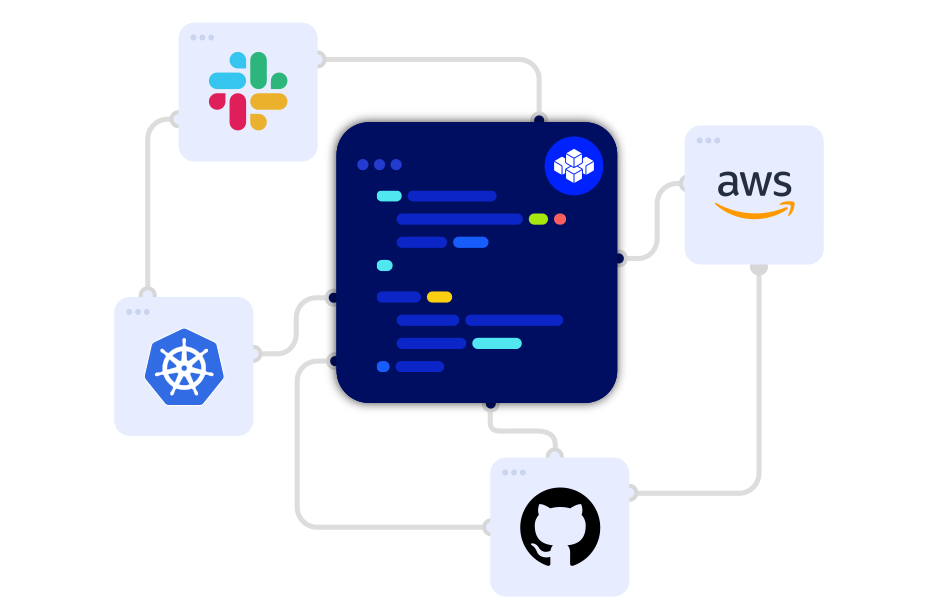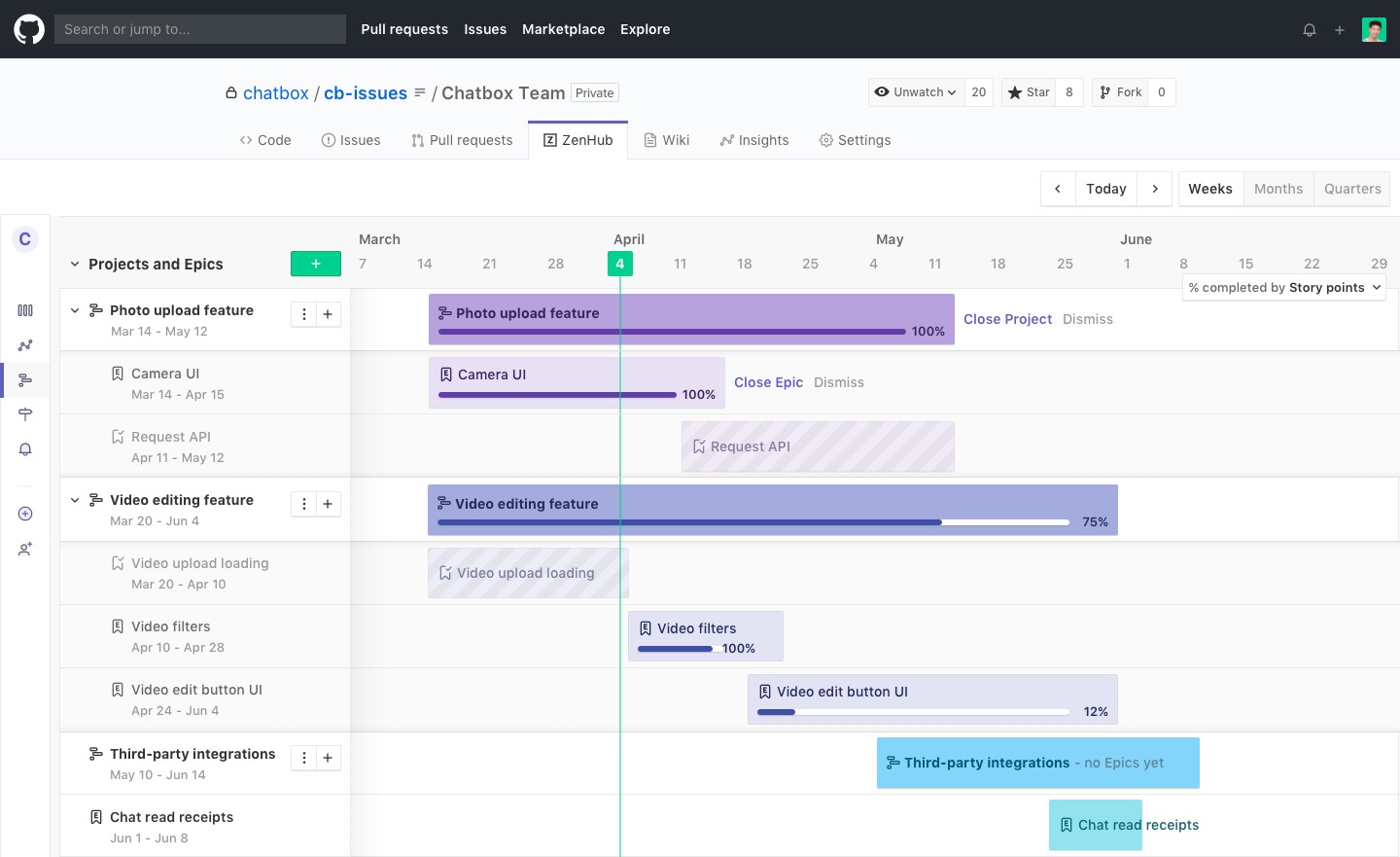Search and personalization services continue to be a major area of investment among enterprises, both to make their products and services more discoverable (and used) by customers, and to help their own workers get their jobs done, with the market estimated to be worth some $100 billion annually. Today, one of the big startups building services in this area raised a large round of growth funding to continue tapping that opportunity.
Coveo, a Canadian company that builds search and personalization services powered by artificial intelligence — used by its enterprise customers by way of cloud-based, software-as-a-service — has closed a C$227 million ($172 million in U.S. dollars) round, which CEO Louis Tetu tells me values the company at “well above” $1 billion, “Canadian or U.S. dollars.”
Specifically, the equity stake of this round is 15.5%, equating to a valuation of $1.46 billion Canadian dollars, or $1.1 billion in U.S. dollars.
The round is being led by Omers Capital Private Growth Equity Group, the investing arm of the Canadian pensions giant that makes large, later-stage bets (the company has been stepping up the pace of investments lately), with participation also from Evergreen Coast Capital, FSTQ and IQ Ventures. Evergreen led the company’s last round of $100 million in April 2018, and in total the company has now raised just over $402 million with this round.
The valuation appears to be a huge leap in the context of Coveo’s funding history: in that last round, it had a post-money valuation of about $370 million, according to PitchBook data.
Part of the reason for that is because of Coveo’s business trajectory, and part is due to the heat of the overall market.
Coveo’s round is coming about two weeks after another company that builds enterprise search solutions, Algolia, raised $110 million. The two aim at slightly different ends of the market, Tetu tells me, not directly competing in terms of target customers, and even services.
“Algolia is in a different ZIP code,” he said. Good thing, too, if that’s the case: Salesforce — which is one of Coveo’s biggest partners and customers — was also a strategic investor in the Algolia round. Even if these two do not compete, there are plenty of others vying for the same end of the enterprise search and personalization continuum — they include Google, Microsoft, Elastic, IBM, Lucidworks and many more. That, again, underscores the size of the market opportunity.
In terms of Coveo’s own business, the company works with some 500 customers today and says SaaS subscription revenues grew more than 55% year-over-year this year. Five hundred may sound like a small number, but it covers a lot of very large enterprises spanning web-facing businesses, commerce-based organizations, service-facing companies and enterprise solutions.
In addition to Salesforce, it includes Visa, Tableau (also Salesforce now!), Honeywell, a Fortune 50 healthcare company (whose name is not getting disclosed) and what Tetu described to me as an Amazon competitor that does $21 billion in sales annually but doesn’t want to be named.
Coveo’s basic selling point is that the better discoverability and personalization that it provides helps its customers avoid as many call-center interactions (reducing operating expenditures), improves sales (boosting conversions and reducing cart abandonment) and helps companies themselves just work faster.
Significantly, the area that Coveo works in is going through a noticeable shift these days.
A swing toward stronger data protection and consumers’ preference for having more control over how their data is used and for what — spurred by high-profile revelations detailing how different organizations manipulated user data across social networking sites and other platforms to target people with sneaky political content and advertising to influence voting, subsequently cracking open the wasp nest to reveal just how much of our data is harvested and used all the time — has meant that there are at times fewer tools than there used to be to provide the kind of “discoverability” and “personalization” that companies like Coveo build for their clients.
Tetu believes there is a way to deliver personalization without compromising how a person wants to exist in the digital world.
“The whole notion is to be able to control data but also have personalizaton in the future,” he said. But there are two dimensions to this, he added:
“The continued and growing regulatory pressure around privacy [such as GDPR] is good, it’s the will of the people and legislation will go that way. The world is going cookie-less,” he said. “But we can’t ignore the arbitrage between privacy and utility. If I understand what you will do with my data and use it to provide more relevance, that can be excellent, too.”
He calls himself an “Amazon addict” but points out that it highlights the two sides of the data coin: “Is it predatory or excellent in doing the job it does? I can’t decide on an answer. I think they are both.”
All the same, it’s working on ways around the “cookie-less” future. The company Coveo acquired in Milan earlier this year, Tetu said, “can do machine learning detection. In five clicks it can detect your propensity to buy and your interest. It means you can’t blame anyone for observing you.”
So, while there are a lot of players out there chasing the same discoverability and personalization market, the attraction here is not just about a company doing it well, but looking to skate to where the puck is going (see what I did there, Canadian startup?).
“We believe that Coveo is the market leader in leveraging data and AI to personalize at scale,” said Mark Shulgan, managing director and head of Growth Equity at Omers, in a statement. “Coveo fits our investment thesis precisely: an A-plus leadership team with deep expertise in enterprise SaaS, a Fortune 1000 customer base who deeply love the product, and a track record of high growth in a market worth over $100 billion. This makes Coveo a highly-coveted asset. We are glad to be partnering to scale this business.”
Alongside business development on its own steam — the company now has around 500 employees — Coveo is going to be using this funding for acquisitions. Tetu notes that Coveo still has a lot of money in the bank from previous rounds.
“We are a real company with real positive economics,” he said. “This round is mostly to have dry powder to invest in a way that is commensurate in the AI space, and within commerce in particular.” To get the ball rolling on that, this past July, Coveo acquired Tooso, a specialist in AI-based digital commerce technology.




